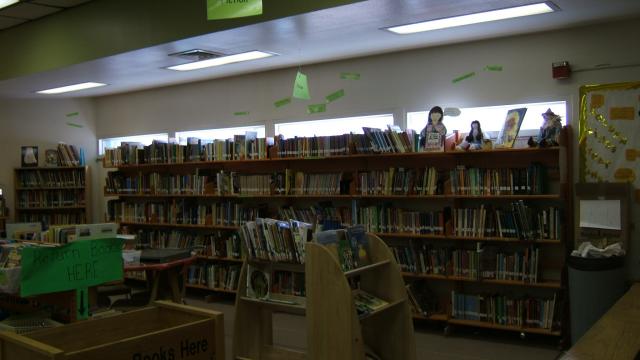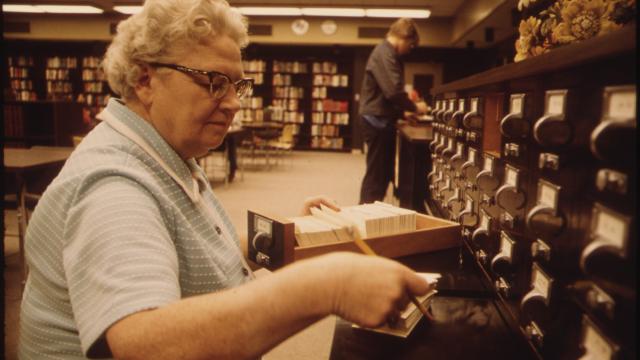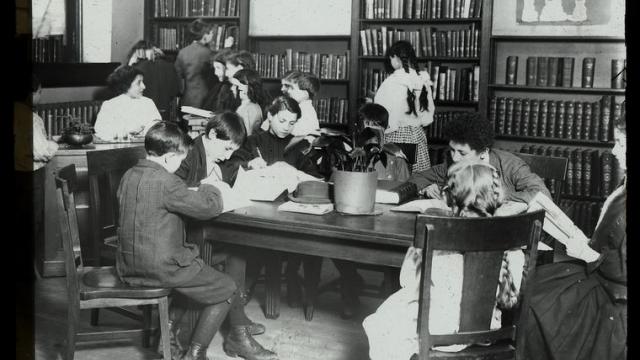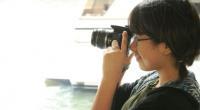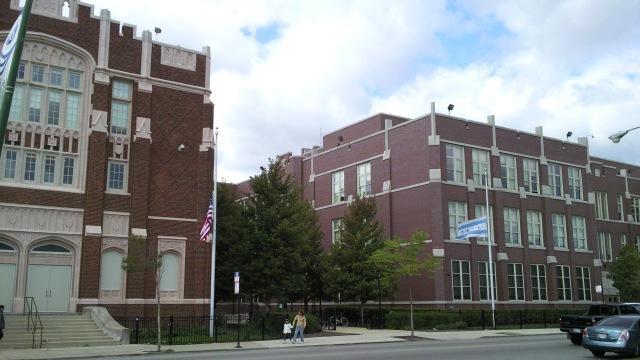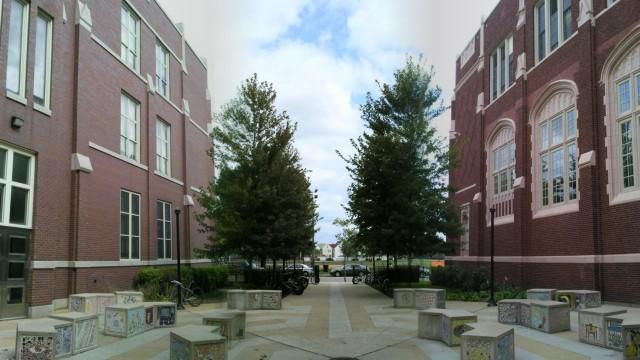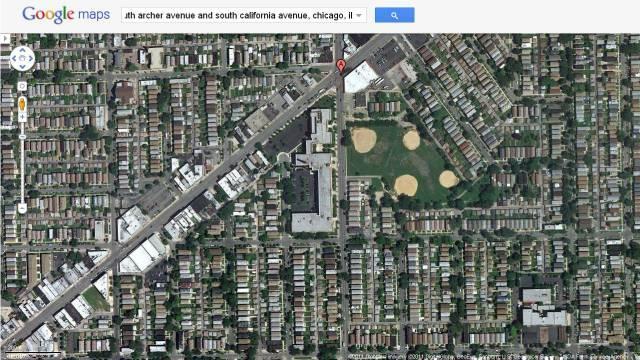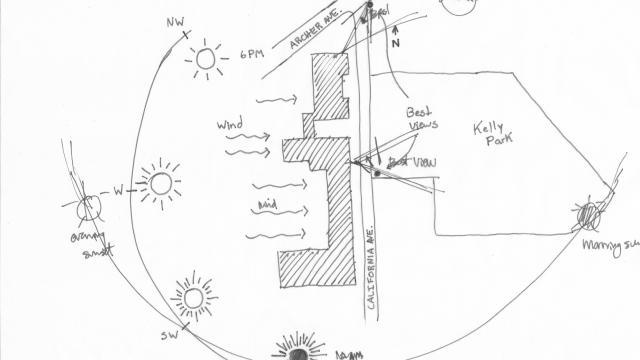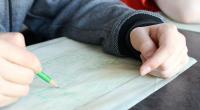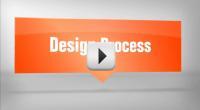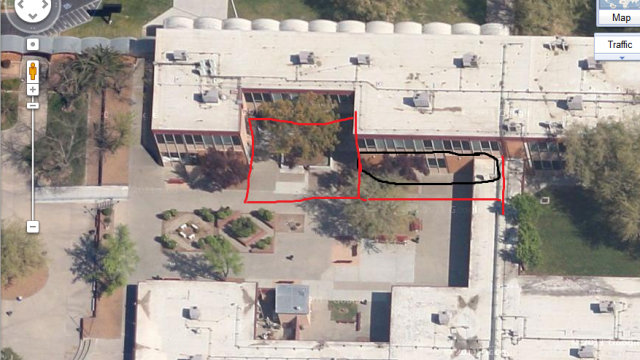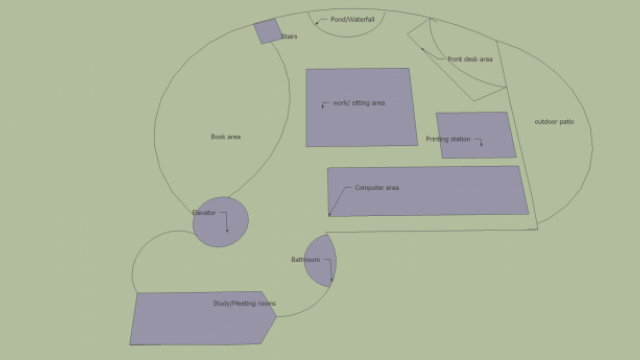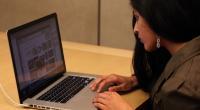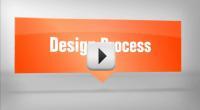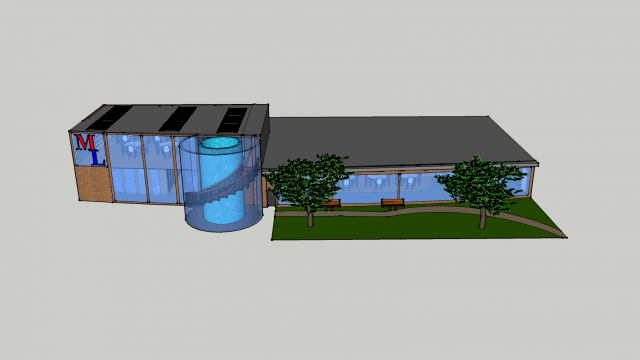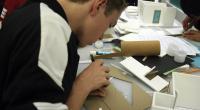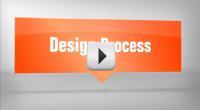
2013 national competition project | Library Redesign #044
To Invent, Design, and Innovate an already established library located on the 5th floor center of Brooklyn Technical High School.
Design4Tech's work for the Collect Information step:
Summary
I rediscovered the library I so chosed to ignore for most of my high school years.
This is an image of the center library in manhattan. Not much has changed since the time of its...
0 comments
Design4Tech's work for the Brainstorm Ideas step:
Summary
What I decided to do was, incorporate Seating for students, large spaces for book / media storage, Space librarians Computer areas, Audio / visual labs, Meeting spaces, Cafe, Workshop area.
I did further research on the type of cafe I would like to be seen in the library. It needed to be...
I really liked the idea of creating individual personal spaces for the students. I feel that if we...
I thought this was a great idea to possibly adding another floor to the library, without wasting...
This is an example of a possible te4acher conference area I wanted to place, somewhere within the...
Adding on to the idea of a audio/ visual center, I thought that using touch screen laptops would be...
.png)


